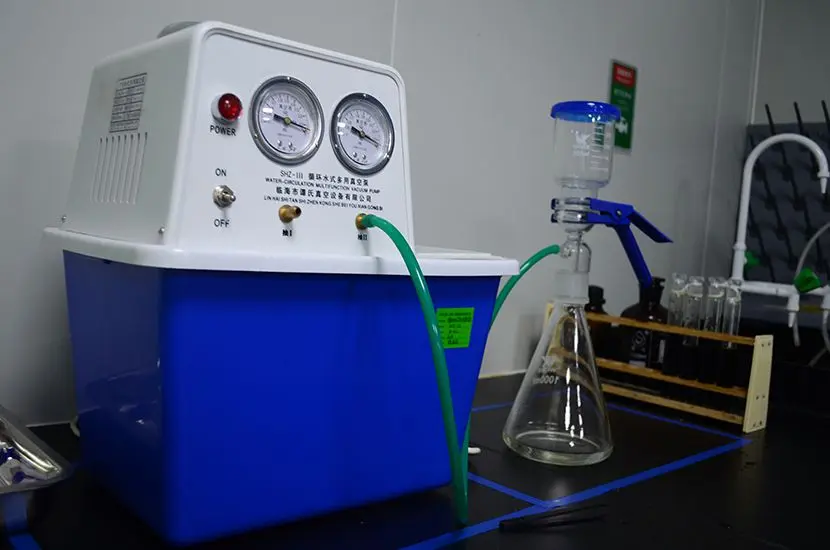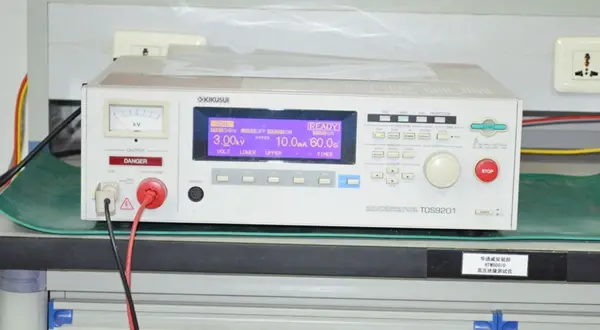
EN 71-2 Toy Safety Testing
To ensure the safety of children's toys, the EN 71 series of standards has been established. This series includes EN 71-2, which outlines flammability testing methods.

Standard Overview
EN 71-2: Safety of Toys — Part 2: Flammability
EN 71-2 is a part of the European EN 71 standards series concerning toy safety. Specifically, EN 71-2 focuses on the flammability requirements for toys. This standard is essential in ensuring that toys do not pose a fire hazard during normal use by children. It outlines the testing methods and criteria used to assess the flammability of toy materials.
Key Elements of EN 71-2
Scope:
EN 71-2 specifies requirements and testing methods for the flammability of toys. It applies to all toys, except those obviously intended to be used near open flames or those that, by their nature, material, or intended use, are unlikely to become fire hazards under normal use.
Testing Methods:
The standard provides detailed procedures for testing the flammability of various toy materials, including textiles, plush, and foam. These methods involve exposing the toy materials to a specific ignition source to determine their flammability characteristics.
Classification:
EN 71-2 categorizes toys based on their flammability into different classes — "Category 1", "Category 2", and "Category 3", with Category 1 having the strictest requirements.
Requirements:
The standard sets maximum burn rates and other criteria that materials and toys must meet to qualify under each category. For instance, materials and toys classified under Category 1 must meet more stringent requirements than those in Categories 2 or 3.
Labeling:
If a toy does not meet EN 71-2 flammability requirements, it must bear a warning label informing consumers of the potential fire hazard.
CoveRED Materials:
EN 71-2 applies to a wide range of toy materials, including textiles, fur, feathers, paper, and wood. It also provides specific testing methods for each material type.
Exemptions:
The standard outlines conditions under which certain types of toys or materials may be exempt from flammability testing.
Related Standards
- EN 71-1: Safety of Toys — Part 1: Mechanical and Physical Properties
Addresses the mechanical and physical safety aspects of toys.
- en 71-3: Safety of Toys — Part 3: Migration of Certain Elements
Focuses on the migration of specific hazardous elements from toy materials.
Email:hello@jjrlab.com
Write your message here and send it to us
 What Are the Battery Compliance Test Reports?
What Are the Battery Compliance Test Reports?
 Christmas Children’s Products EU & US Complian
Christmas Children’s Products EU & US Complian
 Food Packaging Material Testing
Food Packaging Material Testing
 Cosmetic Product Safety Report
Cosmetic Product Safety Report
 What is Prop 65 Warning?
What is Prop 65 Warning?
 Does RoHS Apply to Packaging?
Does RoHS Apply to Packaging?
 How to Get RoHS Compliance?
How to Get RoHS Compliance?
 How to get EN 62368-1 Test Report
How to get EN 62368-1 Test Report
Leave us a message
24-hour online customer service at any time to respond, so that you worry!




